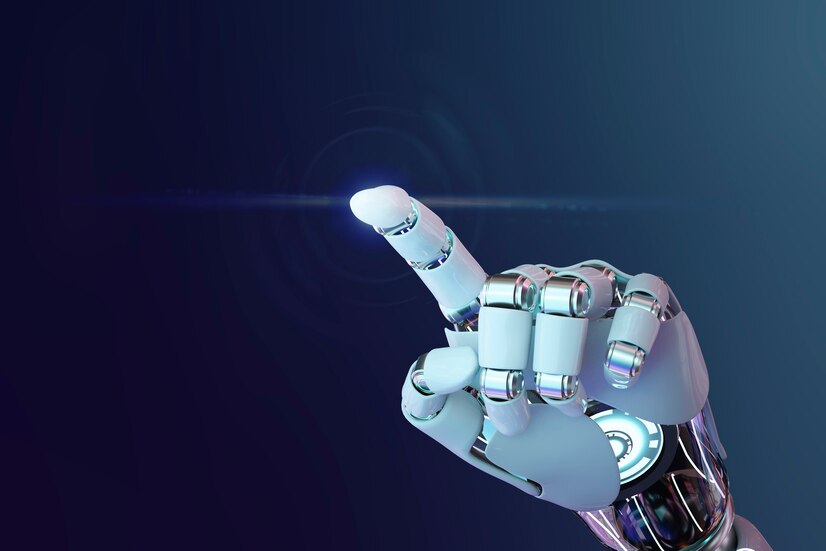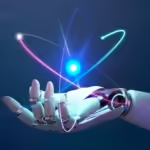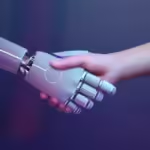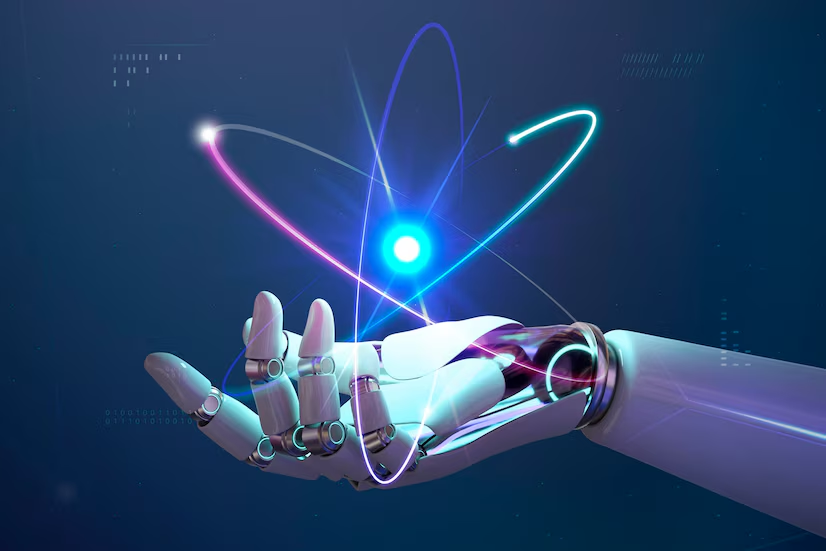Consumer Marketing
Have you ever used any kind of credit/ATM/store card while shopping? if so, you have very likely been “input” to an AI algorithm All of this information is recorded digitally Companies like Nielsen gather this information weekly and search for patterns
- general changes in consumer behavior
- tracking responses to new products
- identifying customer segments: targeted marketing, e.g., they find out that consumers with sports cars who buy textbooks respond well to offers of new credit cards.
Algorithms (“data mining”) search data for patterns based on mathematical theories of learning
Identification Technologies
ID cards e.g., ATM cards can be a nuisance and security risk: cards can be lost, stolen, passwords forgotten, etc Biometric Identification, walk up to a locked door
- Camera
- Fingerprint device
- Microphone
- Computer uses biometric signature for identification
- Face, eyes, fingerprints, voice pattern
- This works by comparing data from person at door with stored library
- Learning algorithms can learn the matching process by analyzing a large library database off-line, can improve its performance

Intrusion Detection
Computer security – we each have specific patterns of computer use times of day, lengths of sessions, command used, sequence of commands, etc
Computer security – we each have specific patterns of computer use times of day, lengths of sessions, command used, sequence of commands, etc
- would like to learn the “signature” of each authorized user
- can identify non-authorized users
- record user’s commands and time intervals
- characterize the patterns for each user
- model the variability in these patterns
- classify (online) any new user by similarity to stored patterns
- e.g., at a meeting of Japanese, Korean, Vietnamese and Swedish investors, no common language
- If you are shipping your software manuals to 127 countries, the solution is ; hire translators to translate
- would be much cheaper if a machine could do this!






